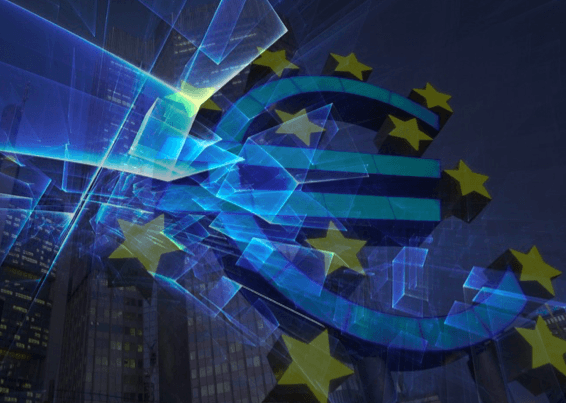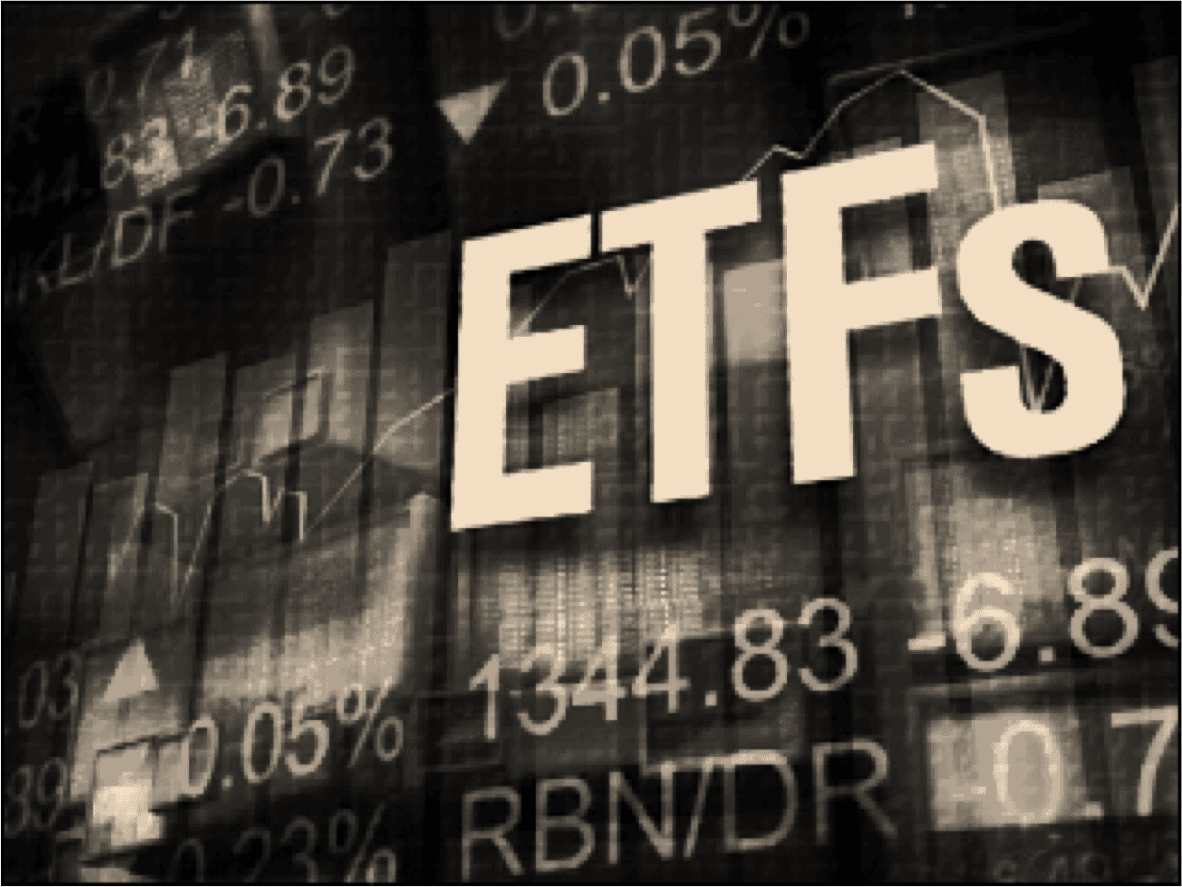European stocks soared on last Thursday, while the euro plunged 1% against the dollar after the European Central Bank hinted at more stimulus in the coming months to tackle very low inflation.
The ECB held its benchmark interest rate at 0.05% on Thursday and downgraded its economic forecast for the next three years, signaling that a new round of quantitative easing would be needed to lift the struggling Eurozone economy. The ECB lowered its 2015 GDP projection to 1.4% from 1.5% and said growth would average 1.7% and 1.8% in 2016 and 2017, respectively. Policymakers had previously forecast GDP to expand 1.9% in 2016 and 2% in 2017.
ECB President Mario Draghi also downgraded the outlook on HICP inflation to 0.1% in 2015, down from 0.3%. The EU-harmonized inflation rate is expected to average 1.1% in 2016 and 1.7% in 2017, down from prior projections of 1.5% and 1.8%, respectively.
In outlining the revised projections, Draghi gave clear hints that the ECB was prepared to expand its quantitative easing program beyond its current scope. Draghi said that the central bank’s stimulus program was flexible and could run beyond the September 2016 end date.
The ECB launched its ambitious quantitative easing program back in March in an effort to re-inflate the Eurozone and promote economic growth. Under the current scheme, the ECB is unleashing €1.1 trillion in stimulus through next September.
Expectations of more ECB stimulus sent European stock markets soaring on Thursday. The FTSE 100 in London gained 1.7% to 6,188.31. Frankfurt’s DAX Index rose 2.6% to 10,305.93. The pan-European STOXX 600 Index advanced 2.2% to 361.73.
The ECB press conference had the opposite effect on the euro, which declined to two-week lows against the dollar. The EUR/USD fell 1% or 110 pips to 1.1113 and was trading near session lows at the start of North American trade. The pair faces immediate support at 1.1106, the low from August 20. A break below that level could lead to a re-test of the August 18 low of 1.1017. On the upside, initial resistance is likely found at 1.1241, the 100-hour simple moving average.
In economic data, Eurozone services PMI was back at four-year highs in August, led by a solid increase in employment. Markit Group’s final Eurozone services PMI came in at 54.3 in August, up from 53.9 the previous month.
Tradersdna is a leading digital and social media platform for traders and investors. Tradersdna offers premiere resources for trading and investing education, digital resources for personal finance, market analysis and free trading guides. More about TradersDNA Features: What Does It Take to Become an Aggressive Trader? | Everything You Need to Know About White Label Trading Software | Advantages of Automated Forex Trading












































